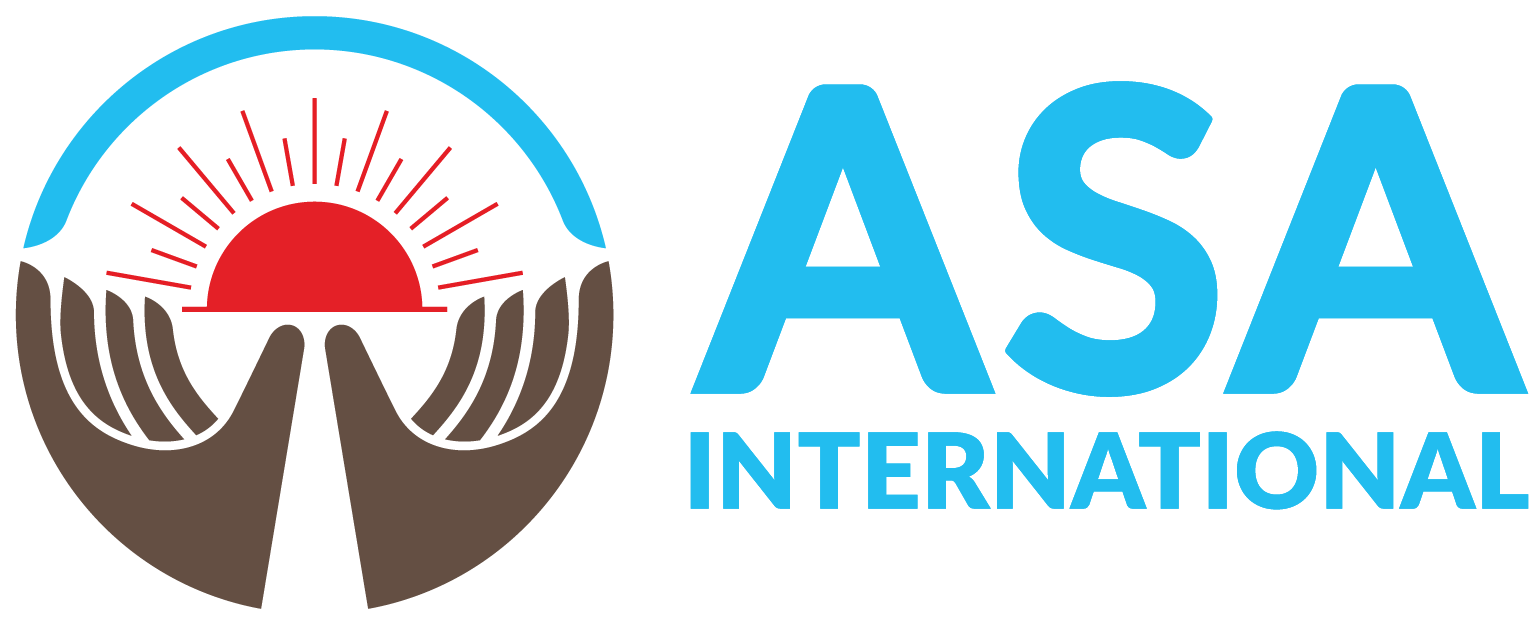Key performance indicators
|
(USDm unless otherwise stated) |
FY 2024 |
FY 2023 |
Change |
% Change |
| Net profit | 28.5 | 8.8 | 261% | 226% |
| PAR>30 days | 2.2% | 2.0% | - | 0.2ppt |
| Number of clients | 2.5 | 2.3 | - | 8% |
| Number of branches | 2,145 | 2,016 | - | 6% |
| Profit before tax | 63.5 | 32.2 | 113% | 97% |
| OLP | 446.6 | 369.2 | 26% | 21% |
| Gross OLP | 458.6 | 377.2 | 26% | 22% |
(1) Profit before tax and net profit for FY 2024 include an IAS 29 hyperinflation negative impact of USD 3.9m, Hyperinflation accounting was only applied for the first time in the FY 2023 (negative impact of USD 5.4m) consolidated financial statements
(2) PAR refers to ‘Portfolio at Risk’. PAR>30 is the percentage of outstanding customer loans with at least one instalment payment overdue 30 days, excluding loans more than 365 days overdue, to Gross OLP including off-book loans
(3) Outstanding loan portfolio (‘OLP’) includes off-book Business Correspondence (‘BC’) loans and Direct Assignment loans, and loans valued at fair value through profit and loss (‘FVTPL’), excludes interest receivable, unamortized loan processing fees, and deducts ECL reserves from Gross OLP
"2024 was an outstanding year for ASA International with both strong operational growth as well as significantly increased profitability. The overall operating environment across most of our markets clearly improved. Encouragingly, demand remains high for our products from clients despite uncertain economic conditions in certain of our markets and the performance of the Group highlights the resilience of our clients and staff despite these economic circumstances."
Rob Keijsers – CEO, ASA International Group PLC
- ASA International delivered strong operational performance in 2024 as the loan book grew following a
sustained increased demand from clients. OLP increased year-on-year by 21% to USD 446.6m from USD 369.2m, predominantly driven by improved performance in Pakistan, Ghana, Tanzania, Kenya, Myanmar and Uganda - This operational performance translated into materially improved profitability in 2024 with net profit increasing by 226% to USD 28.5m from USD 8.8m in 2023
- Net profit for the year includes both the net negative impact of USD 3.9m (2023: USD 5.4m) from hyperinflation accounting for Ghana and Sierra Leone, as well as a one-off gain of USD 3.0m related to third party loan assignment in Myanmar
- High portfolio quality was maintained alongside OLP growth. PAR>30 remained broadly stable at 2.2% as at 31 December 2024 compared to 2.0% as at 31 December 2023. This period saw some portfolio quality deterioration in The Philippines following one of the most severe typhoon seasons, a higher PAR>30 in Sierra Leone as a result of lower collection efficiency and low portfolio quality in India. In contrast, Myanmar, Ghana, Kenya and Uganda recorded outstanding portfolio quality, with PAR>30 less than 0.5% as at 31 December 2024
- Total equity increased to USD 96.5m as at 31 December 2024 from USD 76.6m as at 31 December 2023, of which the operating currency devaluation had a negative impact of USD 4.3m in 2024 (2023: USD 24.1m) to the foreign currency translation reserve. This contributed to total comprehensive income growing to USD 22.1m in 2024 compared to a loss of USD 16.0m in 2023
- Total funding increased to USD 499.3m as at 31 December 2024 from USD 424.2m at the end of 2023 driven by a stable debt sourcing profile and supported by growth in both local deposits and debt funding
- A final dividend of USD 0.041 per share is being recommended by the Board, implying a total dividend of USD 0.071 per share for 2024 and a 25% dividend payout ratio
Building on the sustained momentum seen during 2024, the outlook for 2025 remains positive with improved business and financial performance expected with continued high demand for loans from clients. This is expected to translate into OLP growth of c. 20% in 2025. In addition, the Group’s cost-income ratio for 2025 is expected to be in the mid-60s. It is important to note that inflation and related foreign exchange movements are expected to continue to affect financial performance in 2025. In addition, the Group will continue to monitor ongoing geopolitical developments.
Rob Keijsers, ASA International CEO, said:
"2024 was an outstanding year for ASA International with both strong operational growth as well as significantly increased profitability. The overall operating environment across most of our markets clearly improved. Encouragingly, demand remains high for our products from clients despite uncertain economic conditions in certain of our markets and the performance of the Group highlights the resilience of our clients and staff despite these economic circumstances.
“It was pleasing to see our total number of clients surpassing the 2.5m mark with Gross OLP increasing by 22% by the end of 2024 with particularly pleasing performance in Pakistan, Ghana, Tanzania, Kenya, Myanmar and Uganda as main drivers for this growth. Our proven, low risk model ensured that this loan growth was not achieved at the expense of portfolio quality, with PAR>30 remaining low and broadly stable at 2.2% for the Group as a whole at the end of the 2024. This operational performance also translated into significantly improved profitability with net profit more than trebling versus 2023. The resumption of our dividend was also a particular highlight as we returned to a more normalised operating environment.
“We have been strengthening our leadership significantly in 2024. The organisation welcomed onboard, among others, new local CEOs for Uganda, Rwanda and Nigeria. They are already providing fresh perspectives to ASA International alongside their significant professional, banking and leadership experience.
“Looking forward to 2025, we expect to see growing demand for loans and ever greater productivity across the organisation as we drive efficiency in the branch network and therefore reduce our cost-income ratio. From a digital transformation standpoint, we will build on the successes of 2024 by continuing the roll-out of the core banking system and digital platform to Tanzania and Ghana.”

